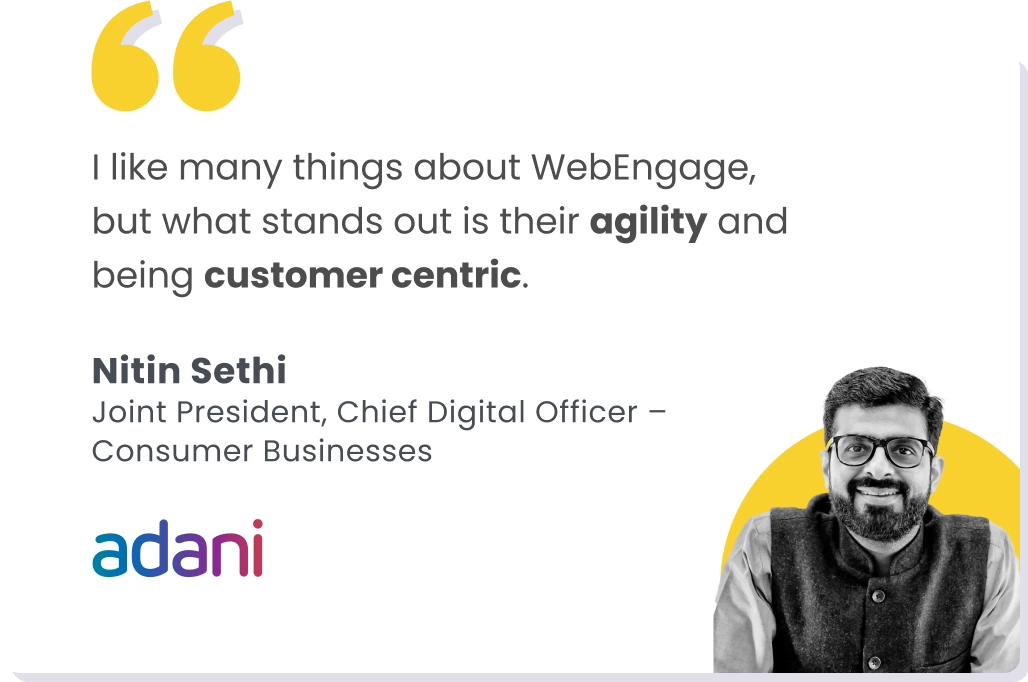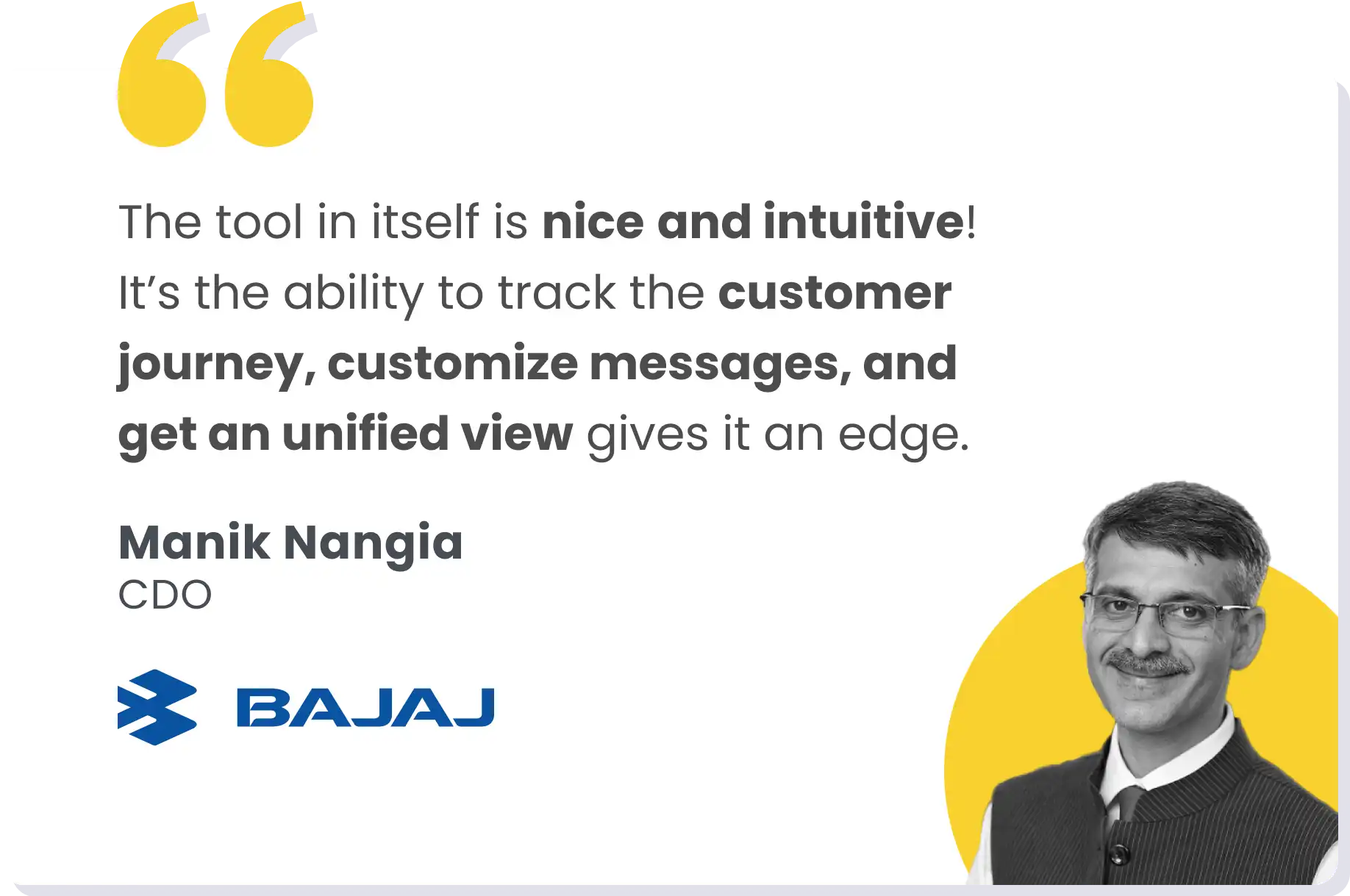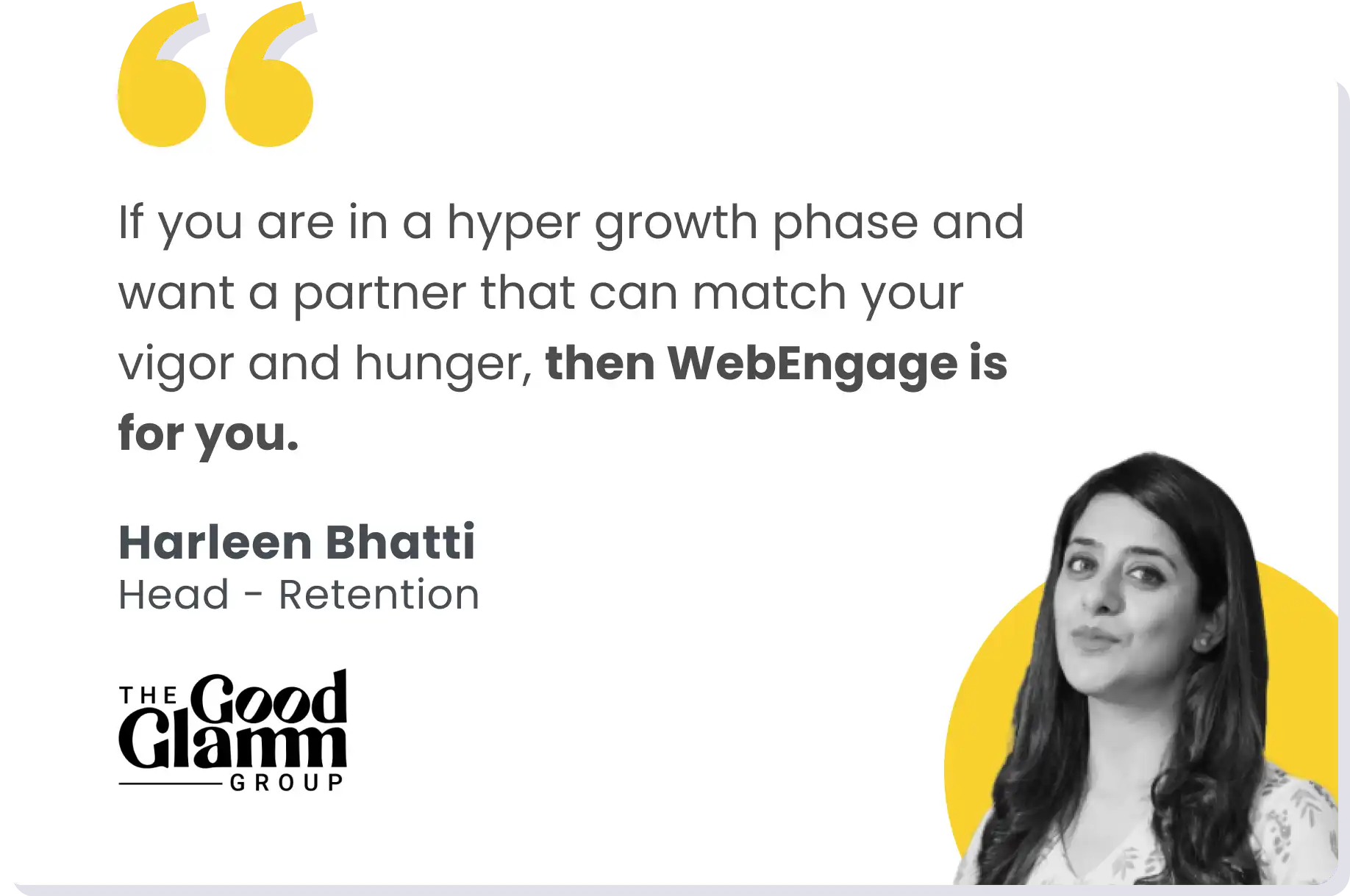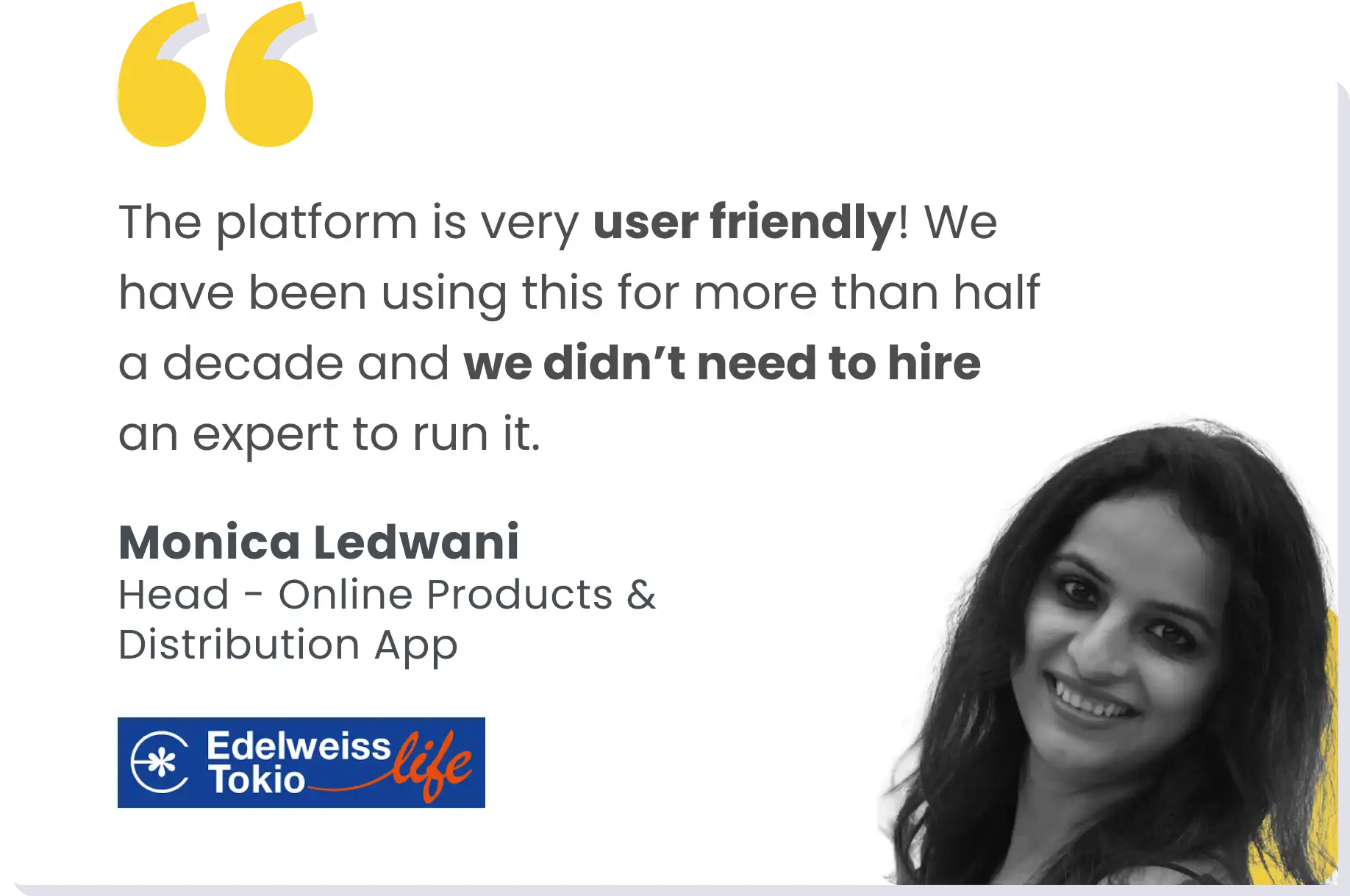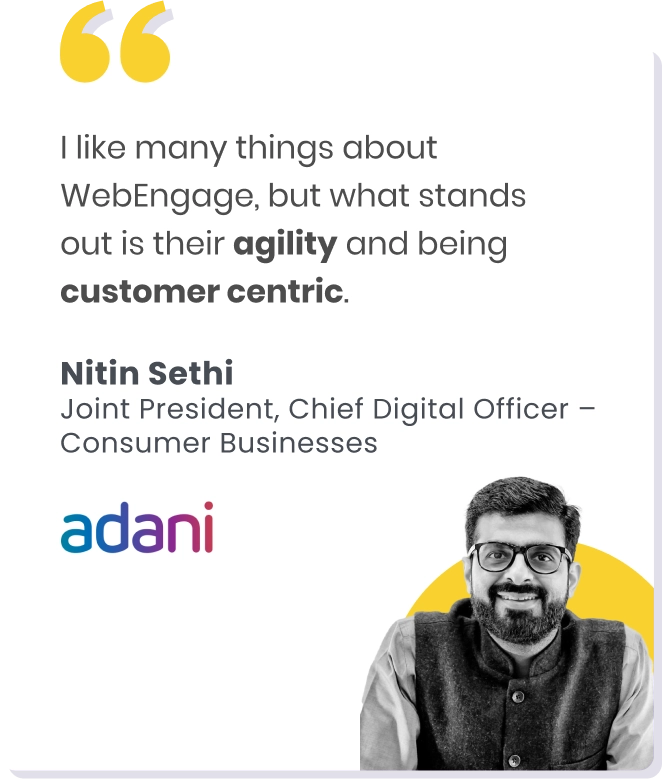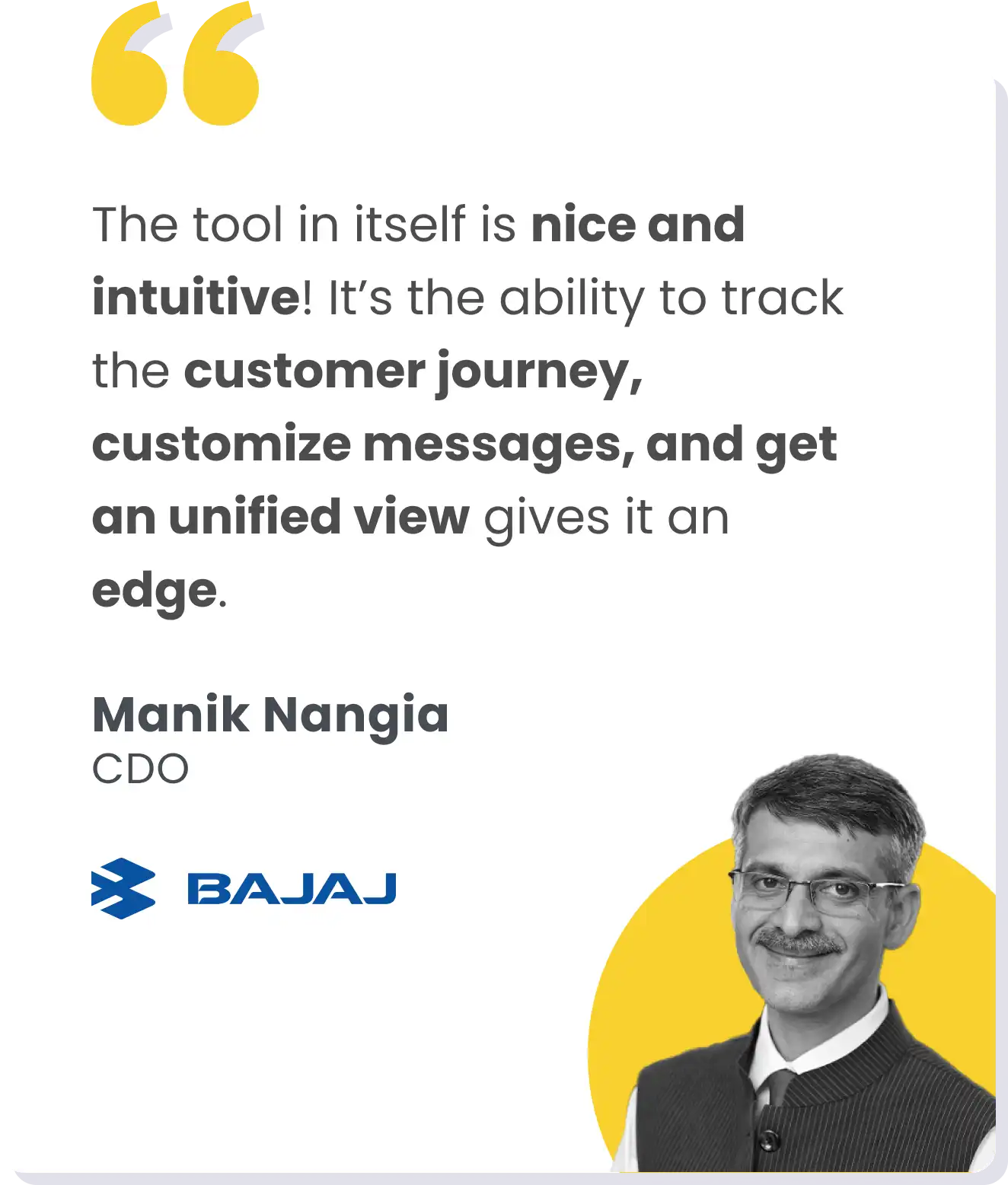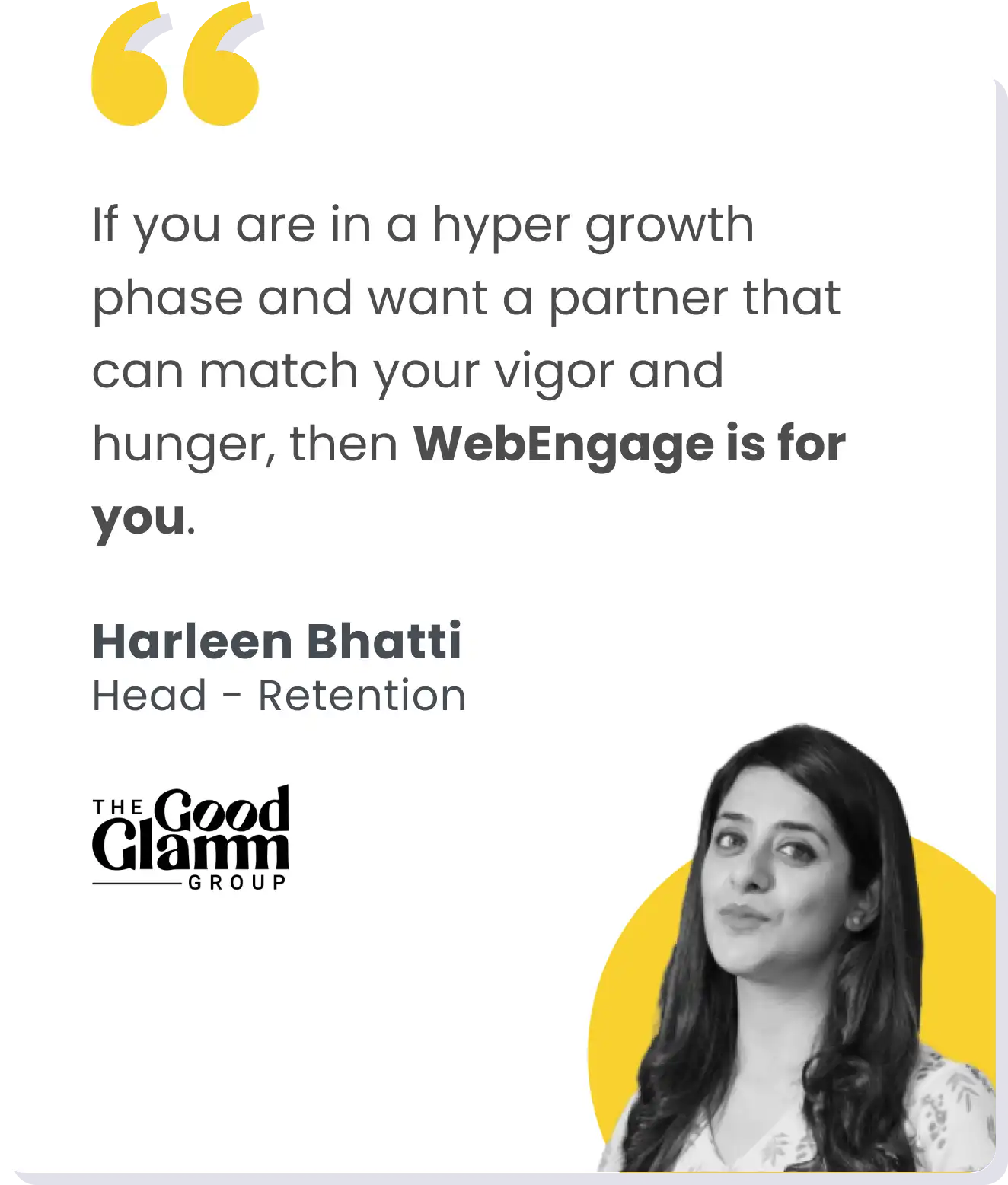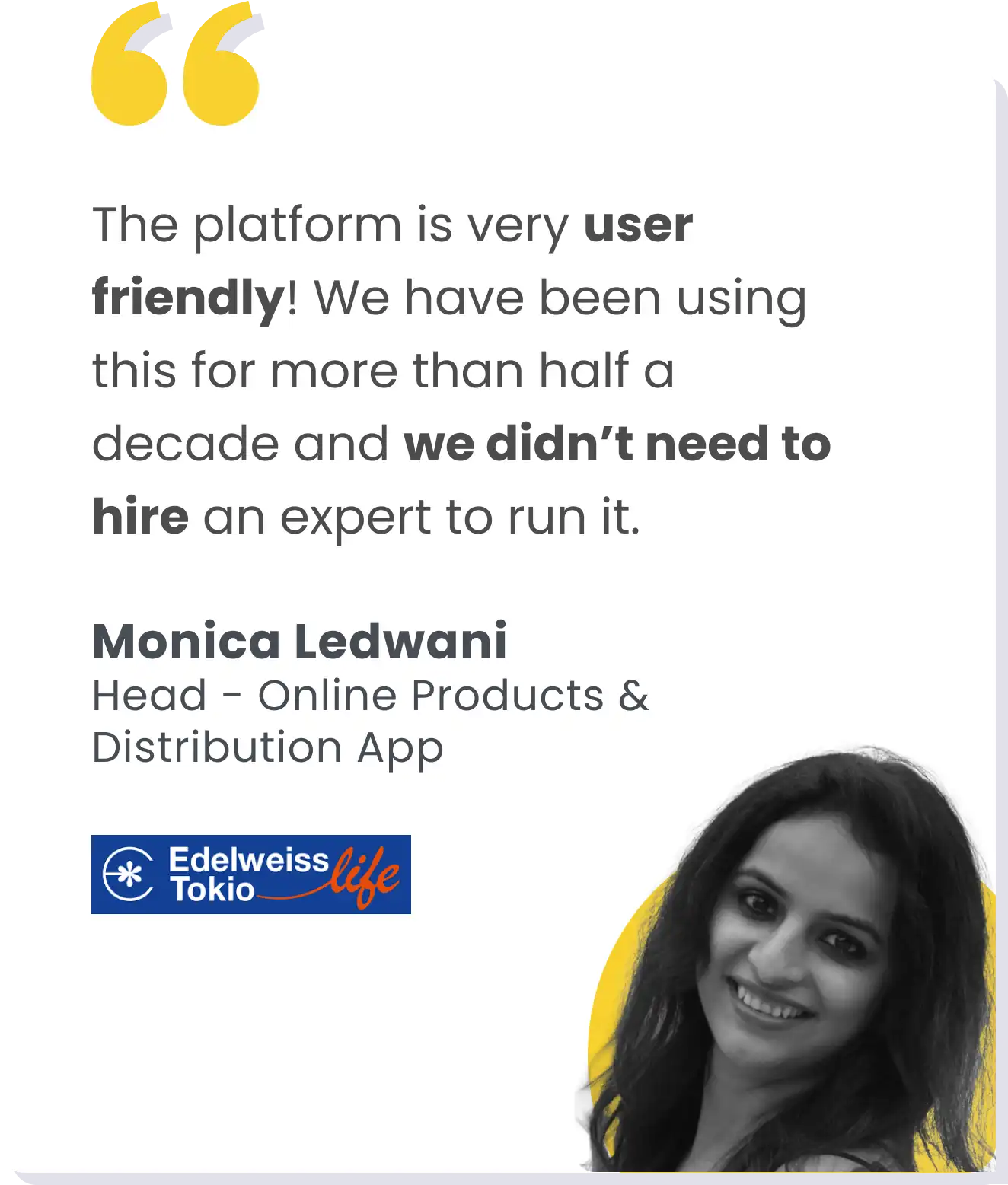The way most brands still think about retention is broken.
Retention has long been treated as a follow-up move—something brands switch on after the transaction is complete. You make the sale, then try to bring the customer back with a promo or a loyalty program. It’s reactive. And it’s outdated.
At Sony, we’ve had to rethink what customer retention means in a high-ticket, low-frequency category. Our customers aren’t shopping every week. They’re investing emotionally and financially in a product they’ll likely use for years. And in between those transactions, there’s a wide open space. The question is: what do you do with it?
That’s where the real work begins.
Where Retention Actually Starts
For us, the journey doesn’t begin at purchase. It begins with the first interaction. A product page view. A search. A visit to the store. That’s the first moment of intent, and often the most overlooked.
Every subsequent touchpoint is a chance to either build a connection—or lose attention. The pre-purchase phase is where trust begins. The post-purchase phase is where it’s tested. And the repurchase phase? That’s when loyalty shows up.
So we’ve built retention frameworks that map to this rhythm:
- Pre-purchase nudges that clarify, not clutter.
- Post-purchase content that empowers the user, instead of overwhelming them.
- Repurchase journeys that feel like recognition, not retargeting.
It’s a system, not a single play, and it adapts based on behavior, timing, and the customer’s journey.
Engagement tips in a low frequency category…
Most D2C playbooks are designed for repeat frequency. But what do you do when the average customer won’t return for 18 or 24 months?
This is where we’ve had to get creative. Retention isn’t about how fast someone comes back—it’s about whether they remember you when they’re ready to.
Our approach has focused on value delivery between purchases:
- Setting up a new device shouldn’t require a manual—it should feel intuitive. We design onboarding to make that happen.
- Firmware updates aren’t product maintenance—they’re moments to show we’re still invested.
- Exclusive content drops and early previews aren’t sales tactics—they’re loyalty moments.
Even if a customer doesn’t need to buy again anytime soon, they’re still part of our ecosystem. And we want to give them reasons to stay engaged.
Personalization, Without the Noise
If you’ve ever received a recommendation email for something wildly irrelevant, you know how quickly “personalization” can backfire.
We don’t chase hyper-targeting for show. Our goal is to spot patterns that actually matter—what someone lingers on, what they skip, what brings them back. These signals shape our communication strategy: timing, format, and relevance.
At its best, personalization should feel like instinct, not surveillance. When we get it right, the experience is smooth, timely, and quietly helpful. The customer moves forward without friction and remembers the brand that made it easy.
Because if we can reduce decision fatigue, we’ve already added value.
Recovering From Customer Churn
Sometimes, despite the data, timing, and intent—customers churn. The mistake many brands make is treating that as a dead-end.
But there’s insight in churn if you look for it.
We audit drop-off points. We analyze journeys. We speak to customers who leave.
And almost always, price isn’t always the culprit. Neither is the product. What causes drop-off more often are the quiet misfires—a clunky onboarding flow, a tone that feels off-brand, a return experience that leaves questions hanging. Sometimes it’s as simple as a gap between what was promised and what was delivered.
The instinct might be to launch another campaign. But when the cracks are in the experience itself, no message will cover them. Fix the flow. Tighten the journey. Align every touchpoint with what your brand truly promises. That’s what brings people back—often without needing to ask them.
When Cross-Sell Works (And When It Doesn’t)
Cross-selling is a bit of a trap. Do it too early, and it feels pushy. Do it too generically, and it gets ignored. Timing and context are everything.
If a user has bought a camera, the last thing they want is to see a carousel of random lenses. But recommending accessories based on the camera’s utility, and the photography genre it is useful for, makes it more focused, targeted, and relevant.
We’ve seen better conversions when cross-sell recommendations are tied to usage behavior, post-purchase milestones, or support queries. It stops being a push and starts feeling like a nudge.
Rethinking Loyalty Metrics
The industry has become a little too comfortable with NPS. It’s neat. It’s presentable. But it doesn’t tell you if a customer will actually come back.
What we focus on is behavior:
- Are they opening emails beyond the first one?
- Are they visiting support pages and resolving issues?
- Are they watching product tips or tutorials?
- Are they referring others, unprompted?
These are the kinds of signals that show someone’s leaning in. They’re not just happy with the product—they’re building habits around it. That’s the difference between a one-time buyer and someone who’s truly connected.
Loyalty is rarely about one big moment. It’s about hundreds of tiny ones adding up the right way.
Content as the Quiet Retention Engine
We’ve found that customers don’t always want another offer. Sometimes, they just want help. Or inspiration. Or clarity.
That’s where content comes in—quietly but powerfully. Set-up guides, expert interviews, creator stories, side-by-side product comparisons. The kind of content that helps customers get more from what they already own.
When done right, content isn’t a separate channel. It’s an embedded layer of the product experience.
And yes, we measure it. Repeat visits. Scroll depth. Post-content purchases. Support deflections. These metrics tell us what’s working—so we can build more of it.
The One Retention Strategy I’d Bet On Long-Term
If there’s one thing that’s unlikely to go out of style—it’s thoughtful lifecycle design.
Knowing where your customer is. Understanding what they might need next. Designing interactions that feel like service, not spam.
Retention isn’t going to be solved by bigger discounts, more touchpoints, or louder messaging. It’s going to be solved by attention to detail—by brands that treat the post-purchase experience with as much care as the funnel that got the customer there in the first place.
Final Thoughts: Retention is a Product
Retention needs a rebuild—starting from the ground up.
The next wave of customer-first brands will be the ones that stop thinking of retention as a function, and start thinking of it as a product—with a roadmap, a feedback loop, and a commitment to getting better with every release.
At the end of the day, if you’re not designing retention like a product—complete with roadmap, iterations, measurement, and UX—you’re already behind.
Treat it like a product, and you’ll stop reacting to churn and start building loyalty that lasts.






